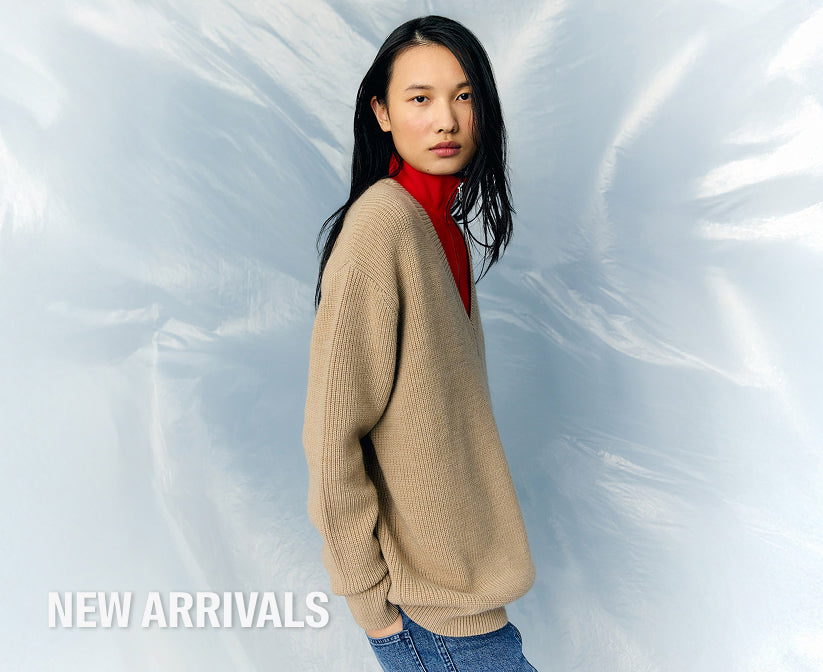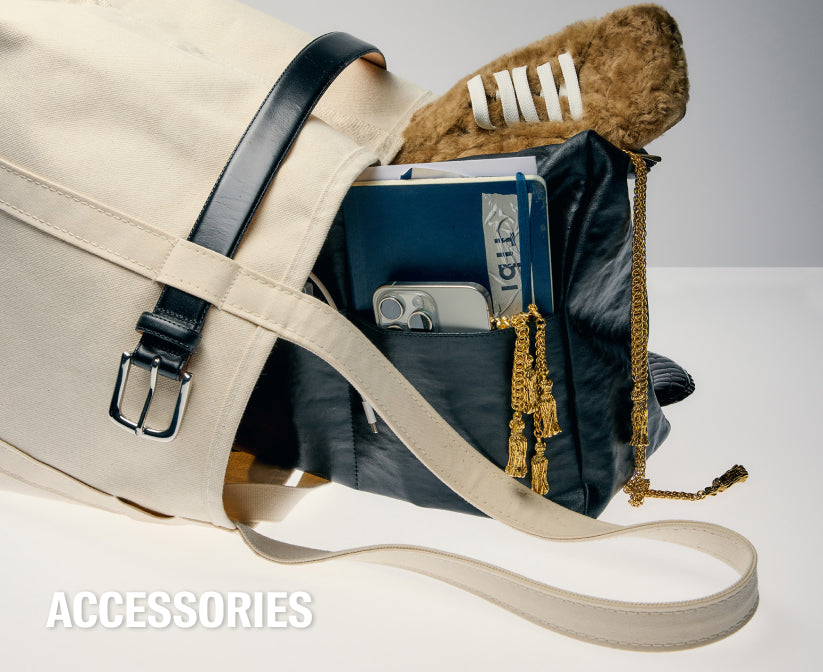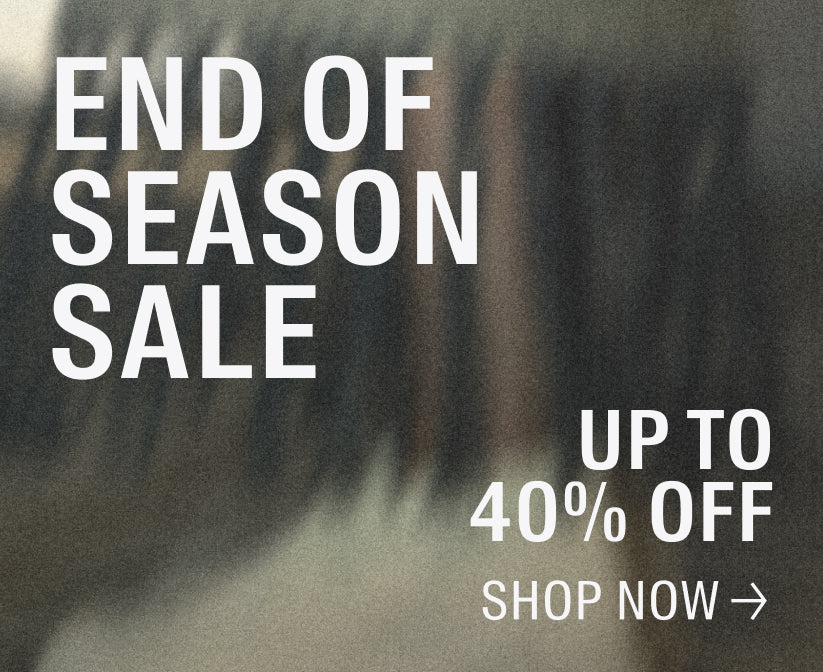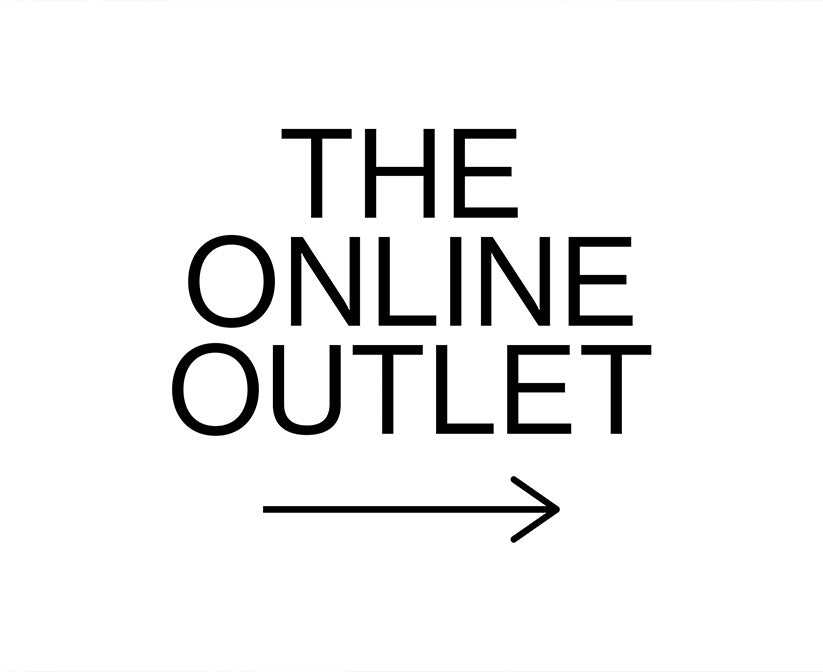It’s our instinct and desire to want to try new things; styles that feel interesting, items that are modern and compel us to feel present. But moving from this point of desire to purchasing, and then actually wearing, is not a clear path. This happens not for the reasons a fashion news headline will tell you - most often we’re just told to grow a pair and try something new this season. Or, the prodding by a well-intentioned (I’ll give the benefit of the doubt here) sales person who encourages you to “push yourself, go for it!” Well, I do like to push. I do like to go for it. But when I’m trying something on, I want the cheerleading sales person to go away and take the overly motivational headline with them. Because I’m thinking, in my head, yes I want to experiment. That’s in my nature. But I also want to know that I’ll wear the item, a lot. And in many different settings. That’s important to me, and I know it is to you too.
So it’s not just about having the “nerve” to try a piece that your friends may give you a side eye over. As usual, it’s about a lot more. And the ‘more’ lives as an intellectual justification rather than a pep talk. So here I will tell you, better yet, show you, the trick to adding the analytics layer to the desire layer when shopping. When you shop and when you try things on in your closet at home, try them on with the pieces that are fundamental to your closet: your Without Fails (WOFs).
Compartmentalizing your mind based on how you view your clothes will help you make better shopping decisions. By this time, you’re probably well-versed in what WOFs are - the items you own that speak volumes about you. The ones that when you put them on, you feel so you. It’s important when you’re considering buying a new runway type piece that you can imagine how you will wear the item with your WOFs. Do this, because it will then help you view “the risk” of trying something new through the lens of:
[A]: Will I buy it and not feel exactly like me, but interesting all the same? It won’t play so nice with the fundamentals of my closet, but I’ll be good in the knowledge that I’ll pull it out every now and then.
[B]: Will I buy it and feel a bit curious but still like myself when I wear it with my favorite pieces in my closet?
[A] happens. No doubt. The thing is, you want to get to the point that when A happens, you are in control of the outcome - meaning, it shouldn’t come as a surprise. When you decided to buy, you understood and accepted the risk you were taking.
Now, [B]. This is where I can really help. Get to the place where this is your intended outcome and you’re really going to change how much usage you get out of the pieces in which you invest. The premise is that when you buy a new piece, it should go with nearly all your WOFs. That’s the goal. Not just one or two, but the bulk of them.
Hopefully you are getting to a place where you can catalog your WOFs in your head - there’s not a ton of them, in terms of shape and functionality. It’s easy to do. My WOFs always include an oversized blazer, a pleated wide leg pant and a pencil skirt. Yours may be different. But my point is, when I buy something pushed, maybe something directly from the runway, if it goes with my WOFs then I know I’ll get incredible value out of the piece. Because I’ll wear it. Wearing something and the value derived from the piece are inextricably intertwined.
Here, I make my point. Visually.
This was one of my favorite pieces from our Spring 23 collection. On the left, we showed the skirt on the runway. On the right, I’m playing dress up, considering wearing the skirt for an event. I love both looks, and they are styled in a way that is perfect for the runway and for moments in our lives.




